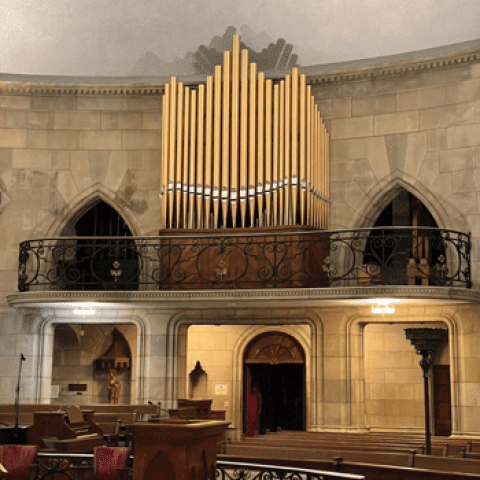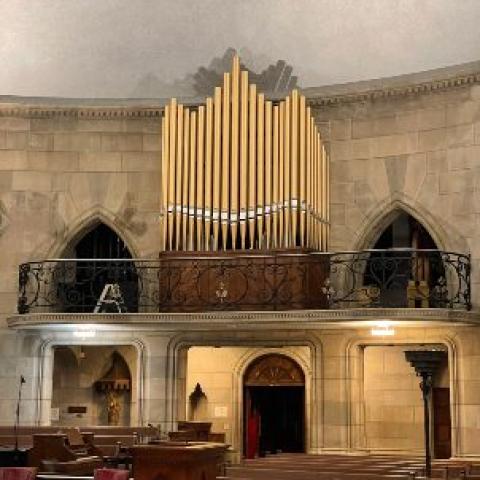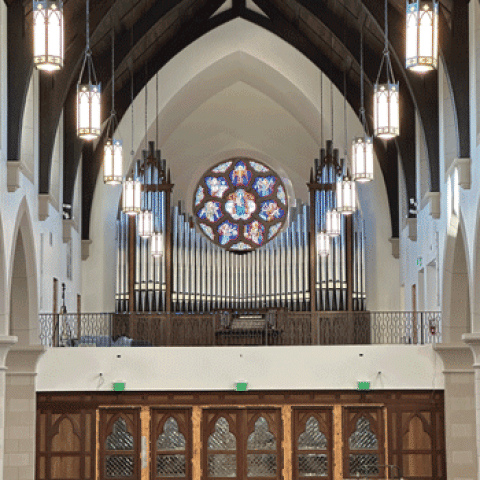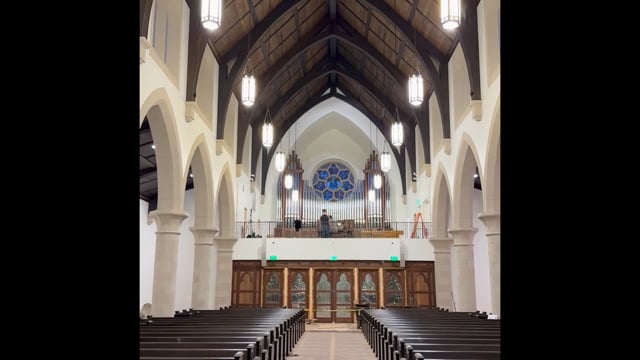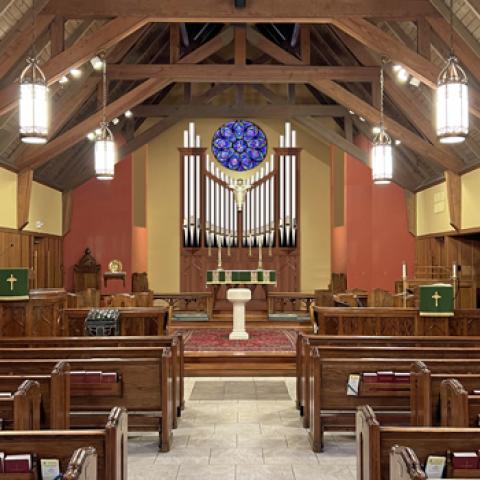Charles Kegg discusses his organbuilding background, influences, and philosophy. He speaks about various facets of designing and building a pipe organ. His narrated tour includes scenes of the Kegg shop and some of their installations.
Kegg Opus 66 for Little Flower Catholic Church in St. Louis, Missouri, is featured on the cover of the January 2022 issue of The Diapason—three manuals, 26 ranks, 23 stops, 1,595 pipes:
https://www.thediapason.com/content/cover-feature-kegg-pipe-organ-builders-little-flower-church
For information: https://www.keggorgan.com/

